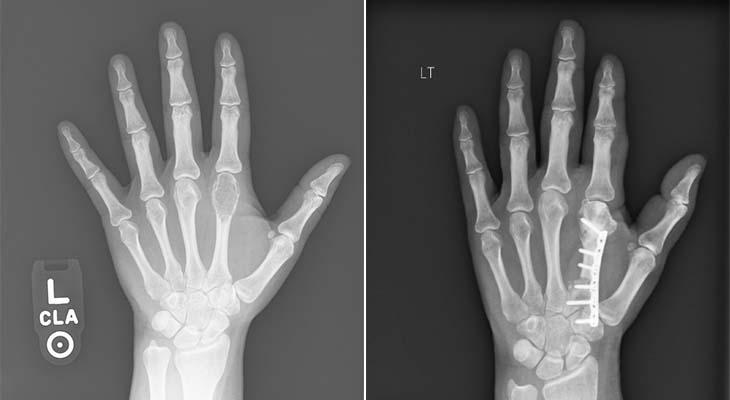- +852 1234 5678
- mycancerinfoorg@gmail.com

X-rays are a type of medical imaging test that uses a small dose of ionizing radiation to create pictures of structures inside the body. Dense materials like bone or tumors appear white, while softer tissues show up in shades of gray or black.
X-rays are one of the oldest and most widely used imaging methods in medicine. They are quick, relatively inexpensive, and often the first test ordered when doctors suspect a problem.
(Note: Chest X-rays are not recommended as a stand-alone screening tool for lung cancer, because small tumors may be missed.)
Learn how liquid biopsy and chemo sensitivity testing can personalize your treatment plan.
Gain knowledge to actively participate in treatment discussions with your healthcare team.
Discover how precision medicine and metabolic therapies can enhance treatment effectiveness.
Empower yourself with knowledge about precision metabolic oncology and take an active role in your cancer care journey.
Our team of oncology experts is here to help you understand your diagnosis and treatment options.